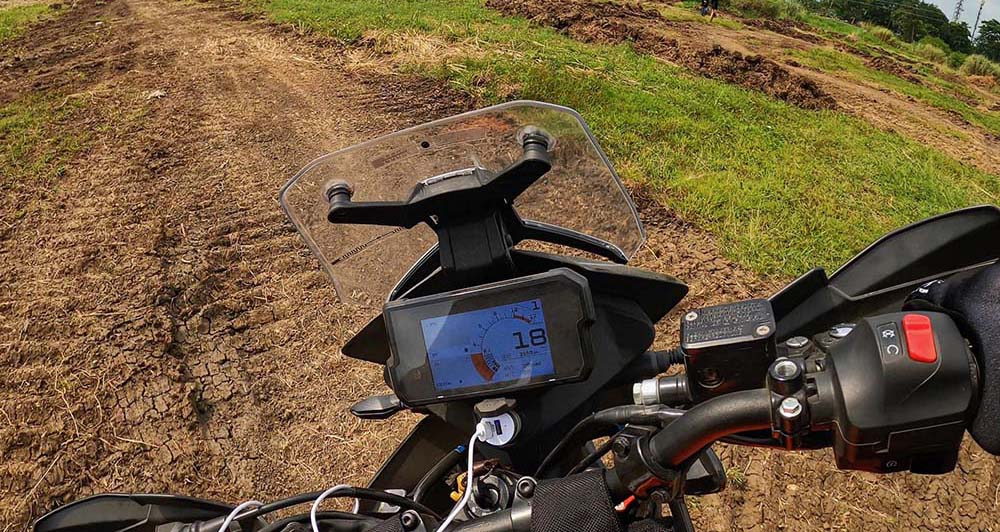
If you’ve been driving a car for years and are fairly new to riding motorcycles, chances are that it can be an intimidating experience. It’s hot, it’s noisy, and it’s also exhilarating compared to the quiet and sterile environment of a car. You will also quickly discover that getting it to turn isn’t as easy as turning a steering wheel.
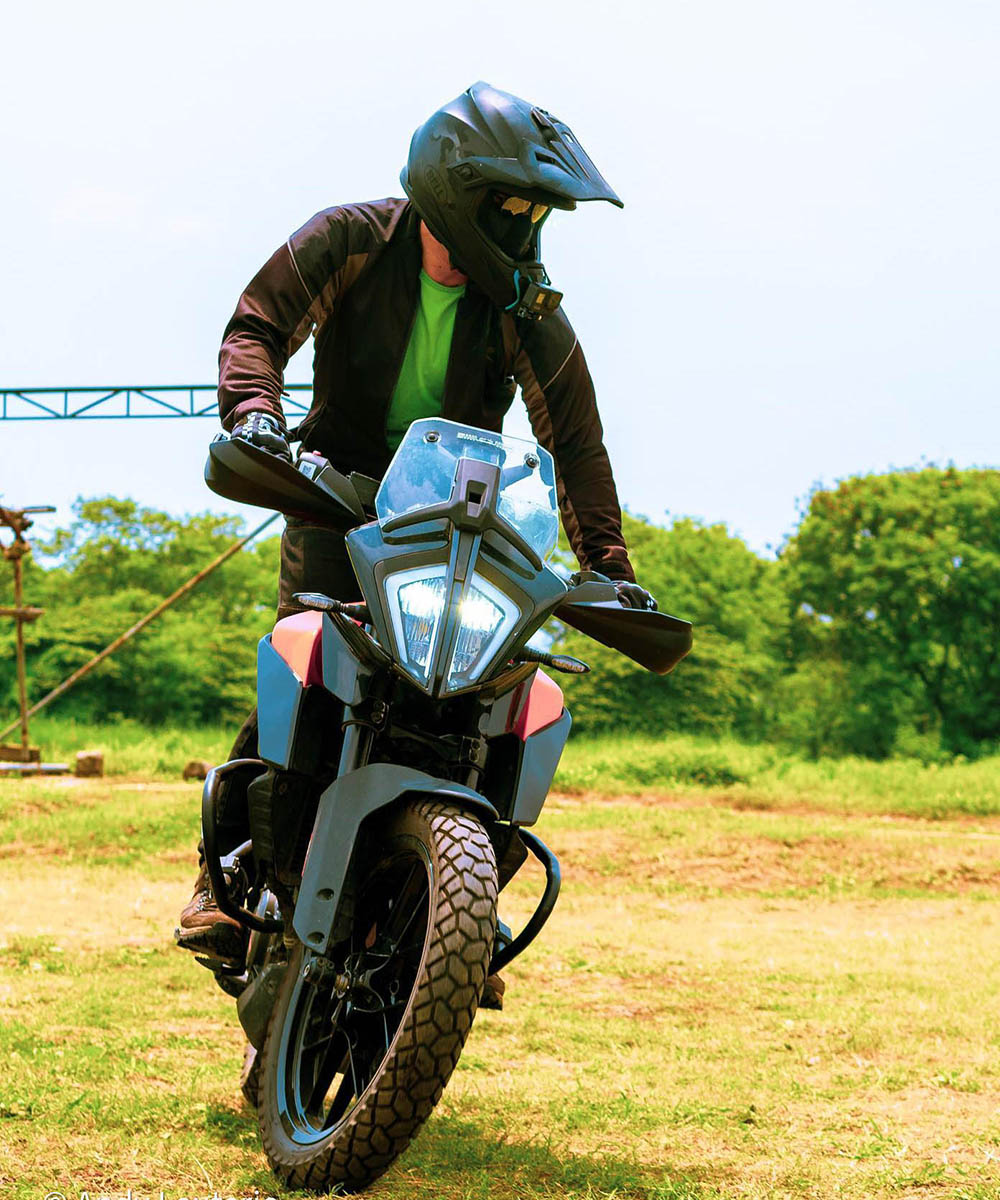
All bikes handle better as you move faster, but the mark of a good rider is the ability to make it seemingly turn on a dime at slow (as in walking) speeds. This is often the time when inexperience and hesitation will cause a rider to stall the bike, overshoot, or drop it altogether. But tight turns are a normal thing in everyday riding, whether it’s pulling out onto a busy street or making a U-turn.
This is why the number one thing you can easily practice in an empty lot is the slow-speed slalom. With a set of cones or just any kind of marker you have on hand, lay them out every 2m or so and start threading it in first gear.
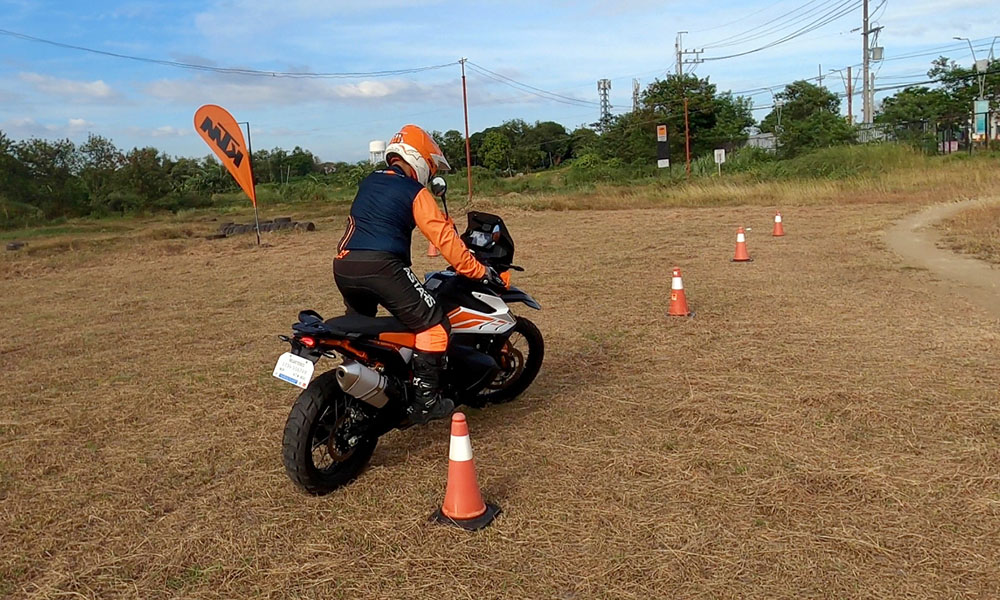
Coach Meng Sevilla of the KTM Riders Academy was kind enough to demonstrate the correct technique.
First and foremost is to counterweight the bike. At high speeds, you intuitively lean into the turn. Leaning your body into the turn also leans the bike, thus making you go bengking-bengking.
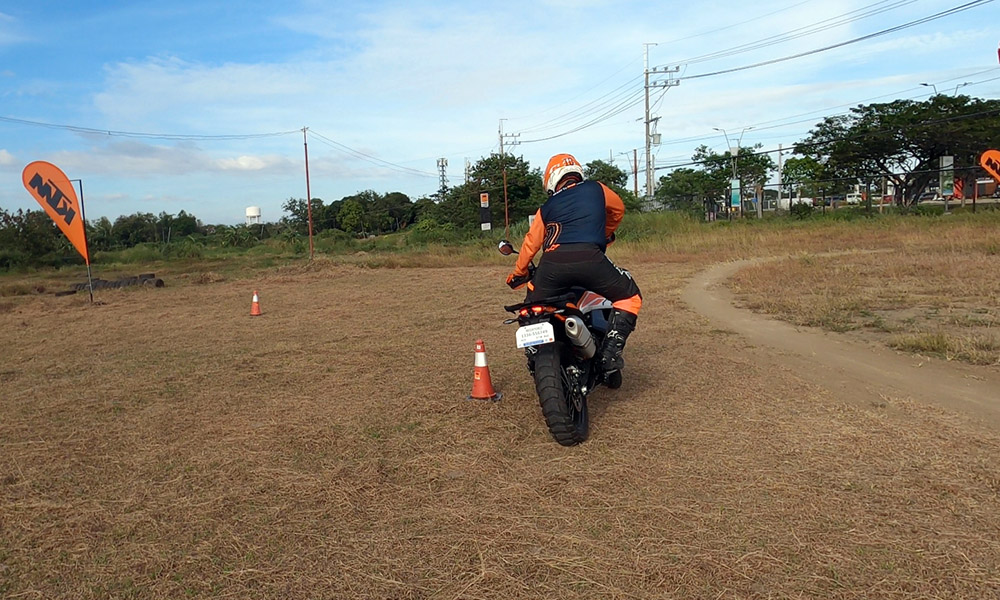
But at low speeds, leaning your body into the turn will only end up dropping the bike. You’re not going fast enough to counter gravity. Neither will just turning the front wheel and keeping the bike upright work because the radius will be too large as the bike wants to keep going straight.
Instead, look where you want to go and lean the bike underneath you by pushing down on the handlebar in the direction of the turn. At the same time, lean your body outward to counter the effect of gravity. Plant your feet firmly on the pegs and shift your buttocks to the side opposite the turn while keeping your torso upright. Keep focused on where you want to go, and your hands will do just the right amount of countersteer to make the turn.
On adventure bikes and those with high enough handlebars, you can also stand up on the pegs to help stabilize the bike more. If you’re seated, keep your knees as close to the fuel tank as possible. Always keep your elbows wide to maintain good leverage on the handlebar.
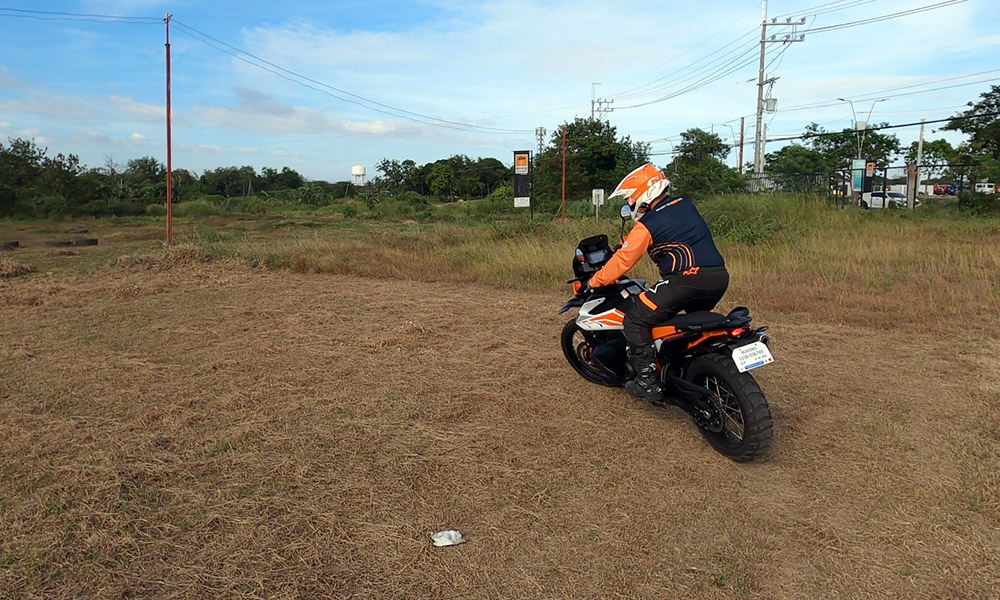
Avoid tapping the front brake as much as possible, because this will cause the front end to dive. To slow down, either use the clutch or rear brake for a gentler scrub.
Practice doing this exercise several times until you get used to moving your body over the bike; it’s not an intuitive skill if you’re used to just sitting still on a driver’s seat. This is also a good way to practice clutch, throttle, and brake control.
It’s alright to stop and regroup if you’re getting all crossed up. You’ll know you’ve got the hang of it when you can go through the slalom briskly, smoothly, and without having to put a foot down.

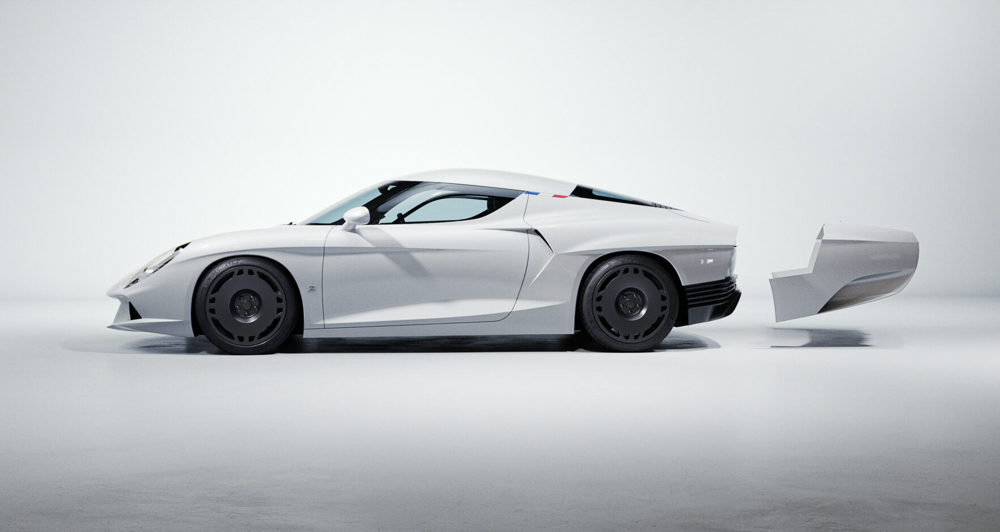
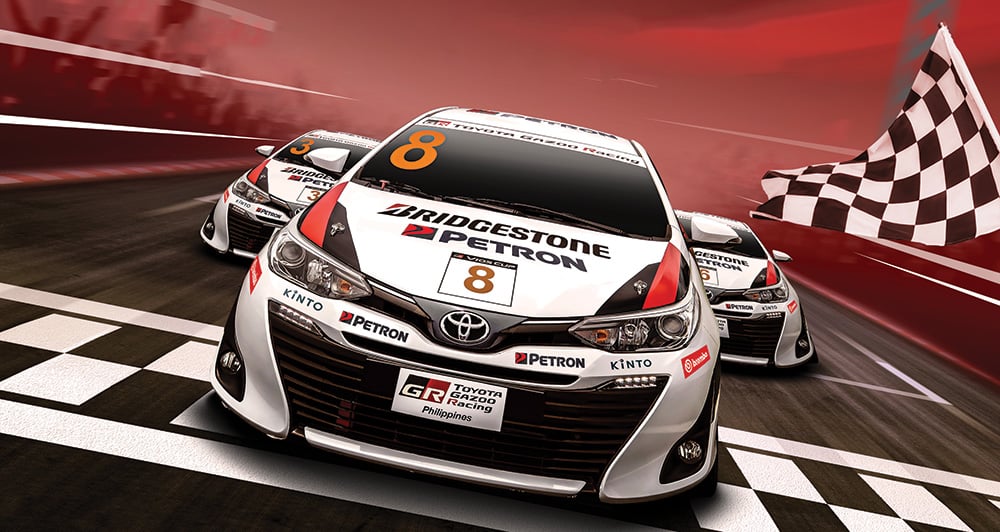

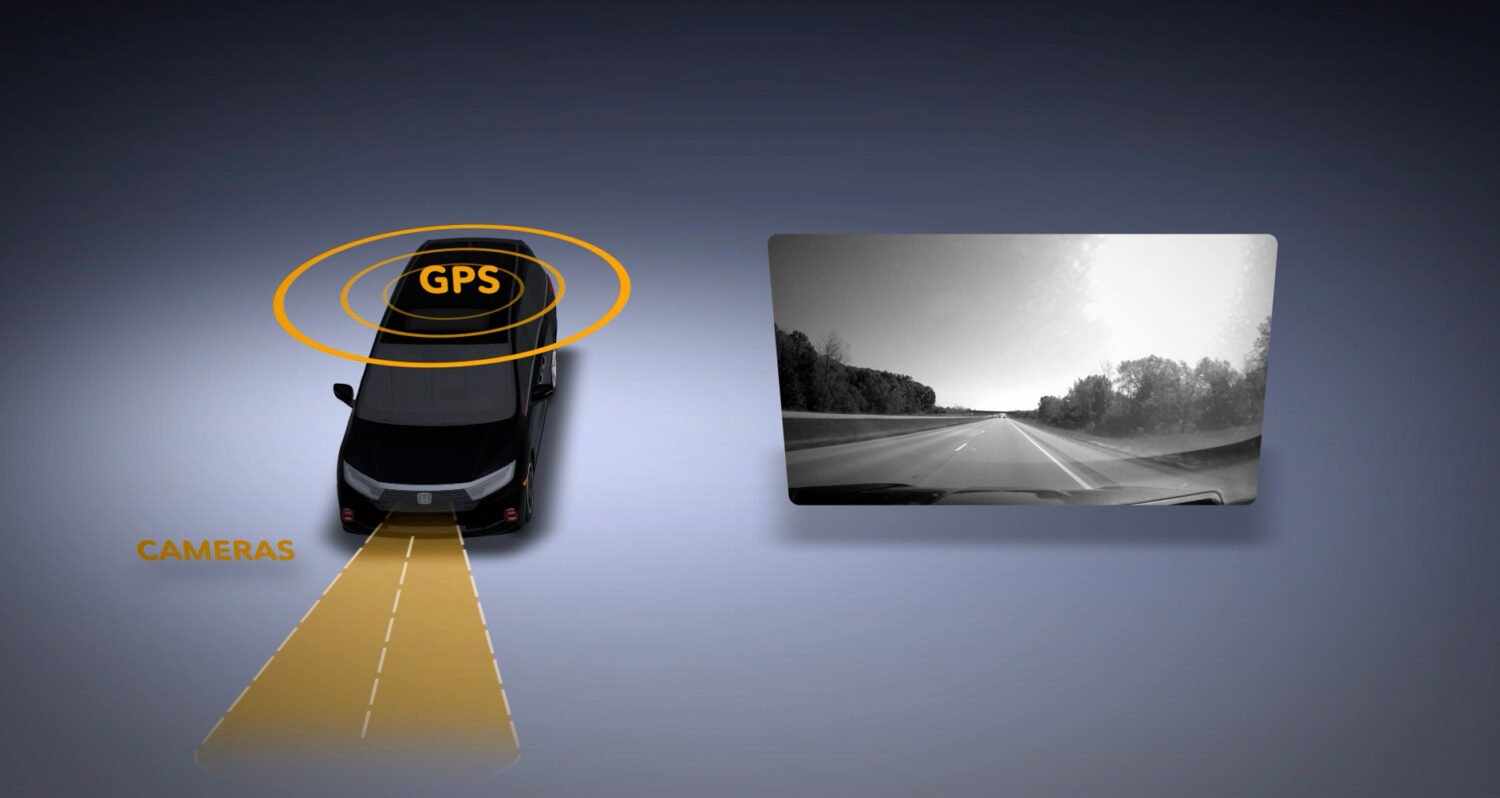

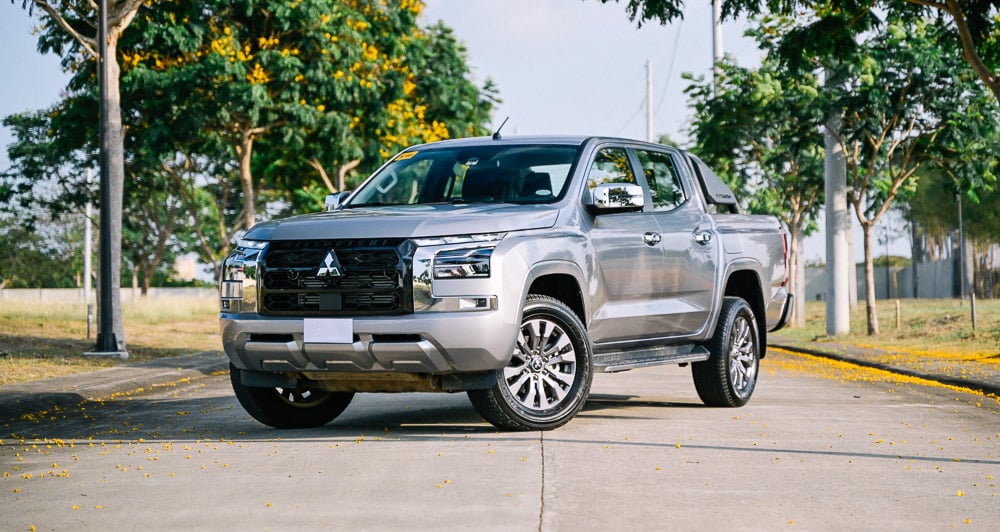
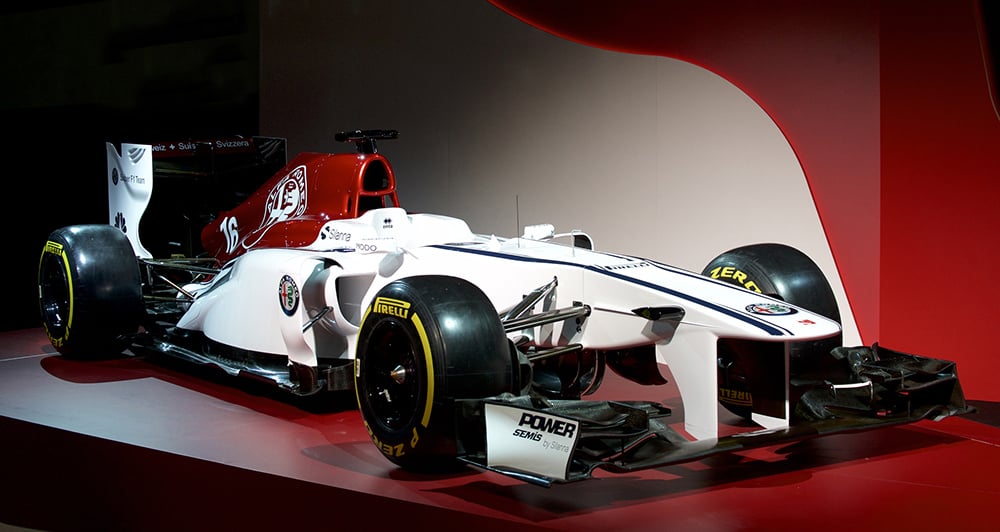
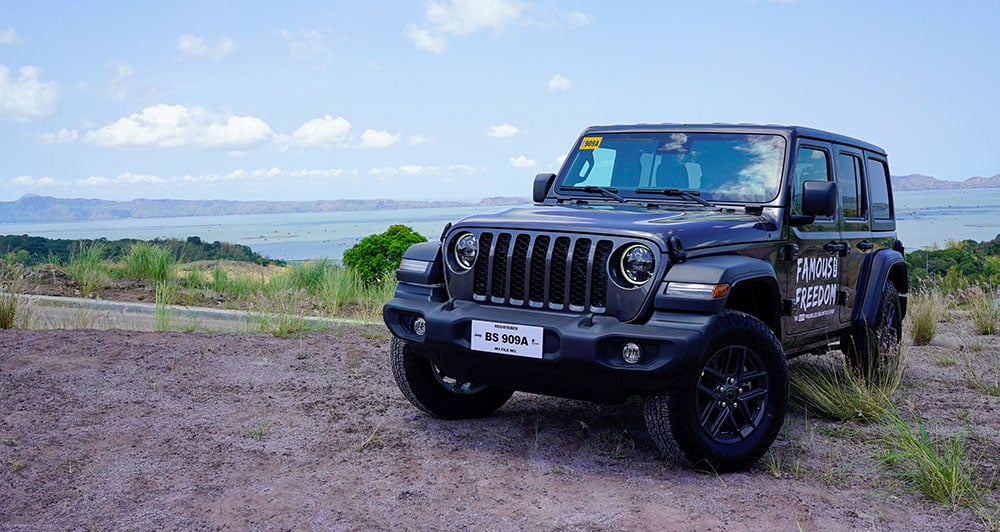


Comments